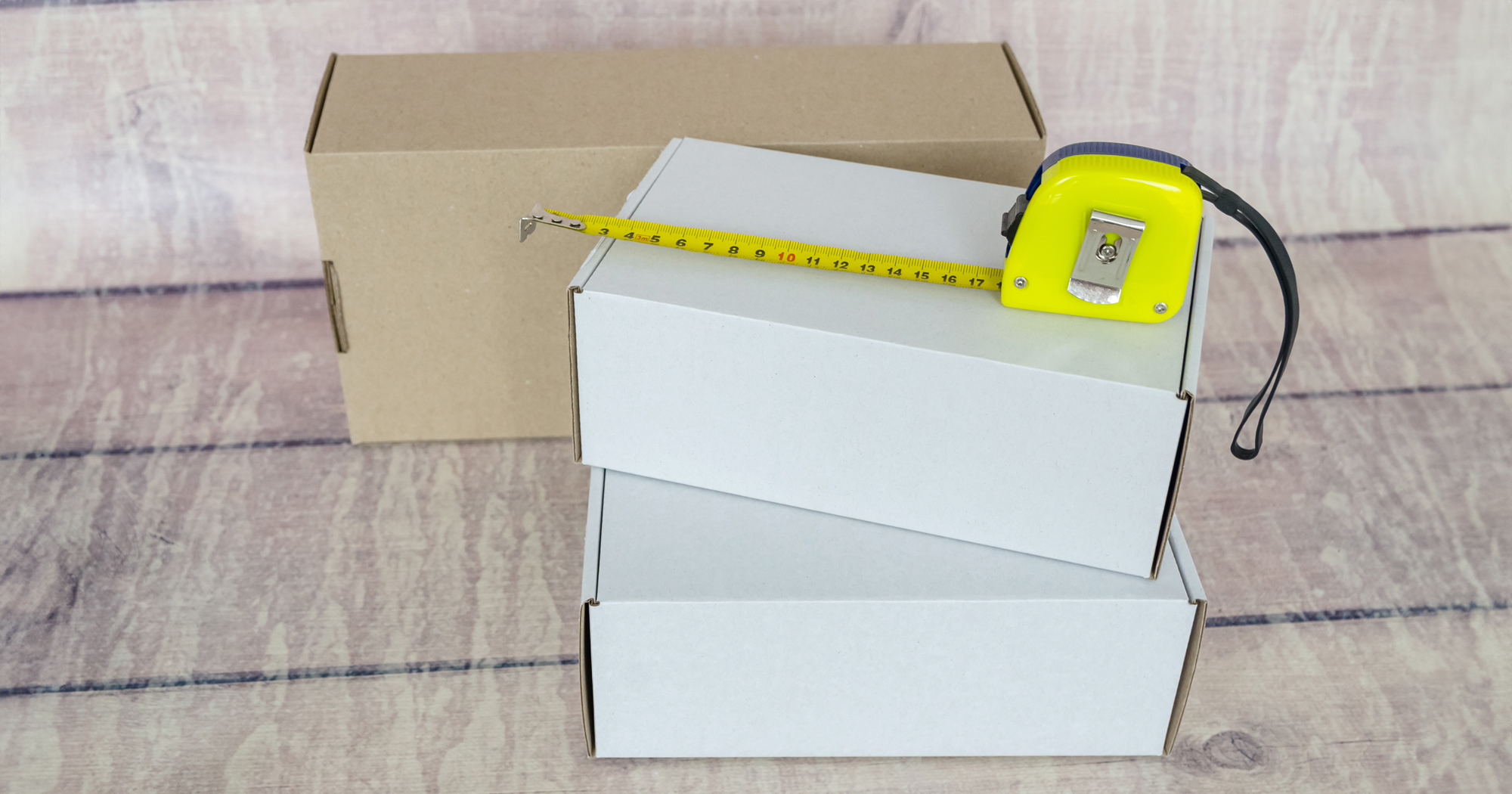Accurate packaging measurements are vital. While not the most important aspect of packaging, identifying proper packaging dimensions is a must for maintaining product integrity and curbing material and shipping costs. Measuring standard carton box dimensions might seem straightforward. However, several primary concerns must be factored in when determining proper packaging dimensions.
Carton Box Dimension Considerations
Before you begin measuring, you need to consider the following questions:
- Product measurements: What are your product’s dimensions?
- Product variations: If you have product variations, will they alter measurements and packaging requirements?
- Product assembly: Are you shipping your products pre-assembled or not?
- Product orientation: Does your product need to be packaged in a certain way to retain integrity?
- Additional packaging: Do you require other items or materials to be packaged with your product, such as instruction booklets or internal protective packaging?
How to Measure Box Dimensions
There are three measurements you’ll need to choose the proper folding carton size for your product.
- Length: longest side across the top from one open edge to the other
- Width: shorter side across the top, also from one open edge to the other
- Height/Depth: the measurement that forms a perfect right angle with both the length and width; it’s the side you won’t see when looking down on the box
All measurements should be conducted with the flaps folded in on both the top and bottom. You’ll also need to measure the internal dimensions of the folding carton rather than the external ones. This is important because different materials, including different types of paperboard, may have varying thicknesses. A material’s thickness can impact its measurements. Figuring out internal sizing ensures a proper fit.
Why Correct Carton Box Dimensions Are Worth Determining
Ideally, you should strive to get your packaging as small as possible without compromising product safety. Of course, the snug fit limits movement, reducing the risk of damage during transport and storage. However, that’s not the only benefit of properly sized packaging. If your packaging is too big for your product, you could end up spending a lot of money on excess material and shipping costs. Freight and shipping companies assess both the dimensional weight and actual weight of packages. Rates will be based on whichever number between the two is higher.
Find Your Packaging Solution With MOD-PAC
MOD-PAC understands just how important proper packaging is for your product. We pride ourselves on our commitment to getting the job done right for the first time and ensuring our customers’ exact expectations are met. Get in touch with us today to learn more about stock and custom packaging options.


